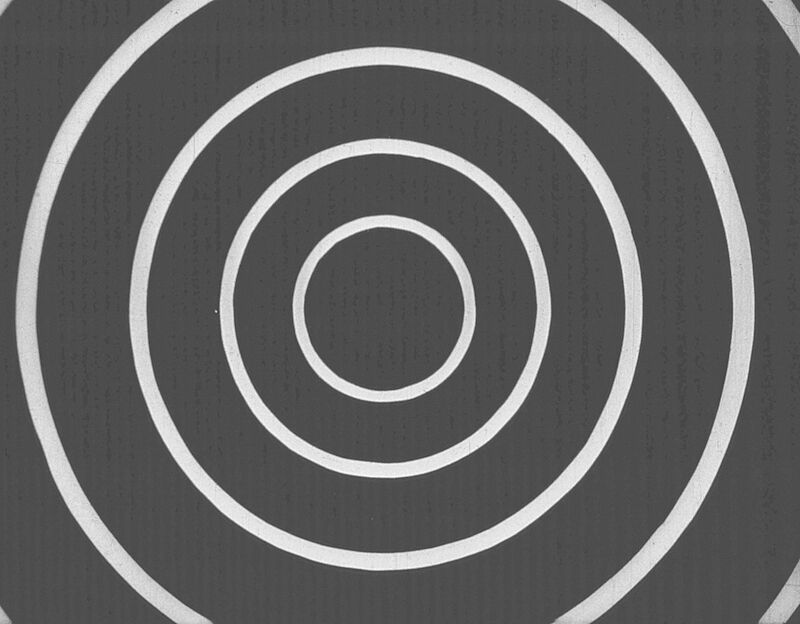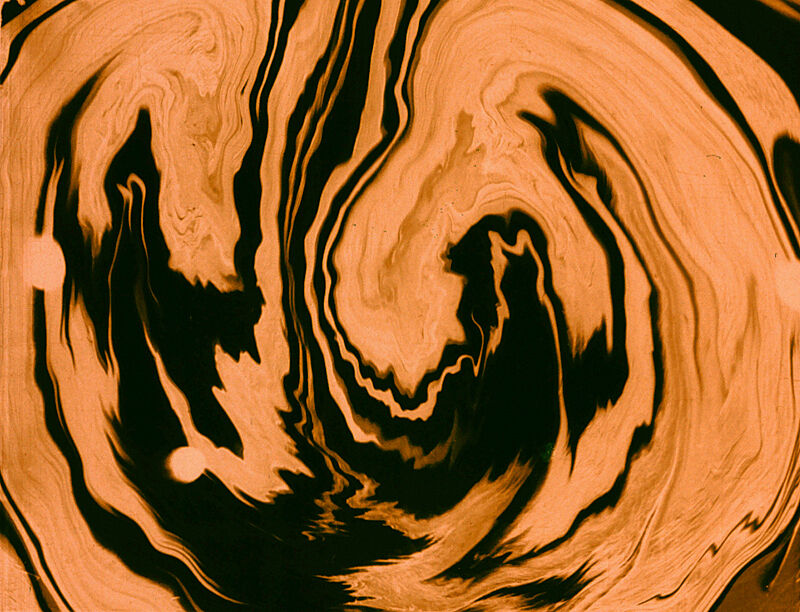On View: Oskar Fischinger, Raumlichtkunst (Space Light Art)
Aug 1, 2012
Born in Germany in 1900, Oskar Fischinger produced what he called “visual music,” in which he combined animation, film, and music to create a synthesis of visual and auditory art. Steeped in the milieu of German experimental filmmaking, he explored innovative methods of cinematic creation, employing materials such as melted wax, tinted liquids, and projected colored lights.
Fischinger’s film, Raumlichtkunst (Space Light Art) (1926/2012) was first screened as part of a series of film performances in 1926 in Germany, attracting attention within the German film community. Accompanied by music, Fischinger's multi-screen projection of animated abstract images spin, pulse, spiral, and shape-shift.
When I viewed Raumlichtkunst for the first time at the Whitney, it brought back memories of watching Walt Disney’s vibrantly colored characters move spiritedly in sync with classical music in his 1940 film Fantasia. As I child, I found the film to be entrancing, and I am now similarly mesmerized by Raumlichtkunst. Coincidentally, Fischinger contributed animation to Fantasia when he worked for the studio after his emigration to Los Angeles in 1936. But the formal complexity of Fischinger’s vision, with its purely non-narrative fusion of form and sound, was too complex for the animators at the Disney studio. After they altered his designs to be more directly representational, Fischinger quit the project, leaving without credit for his sequences.
Watching Raumlichtkunst, I was struck by just how groundbreaking Fischinger’s approach was for his time. His inventive methods allowed him to create an experience of color, form, movement, and sound that would still feel revelatory more than eighty years later, even in an age of overwhelming digital visual spectacle.
By Elizabeth Rooklidge, Interpretation Intern



